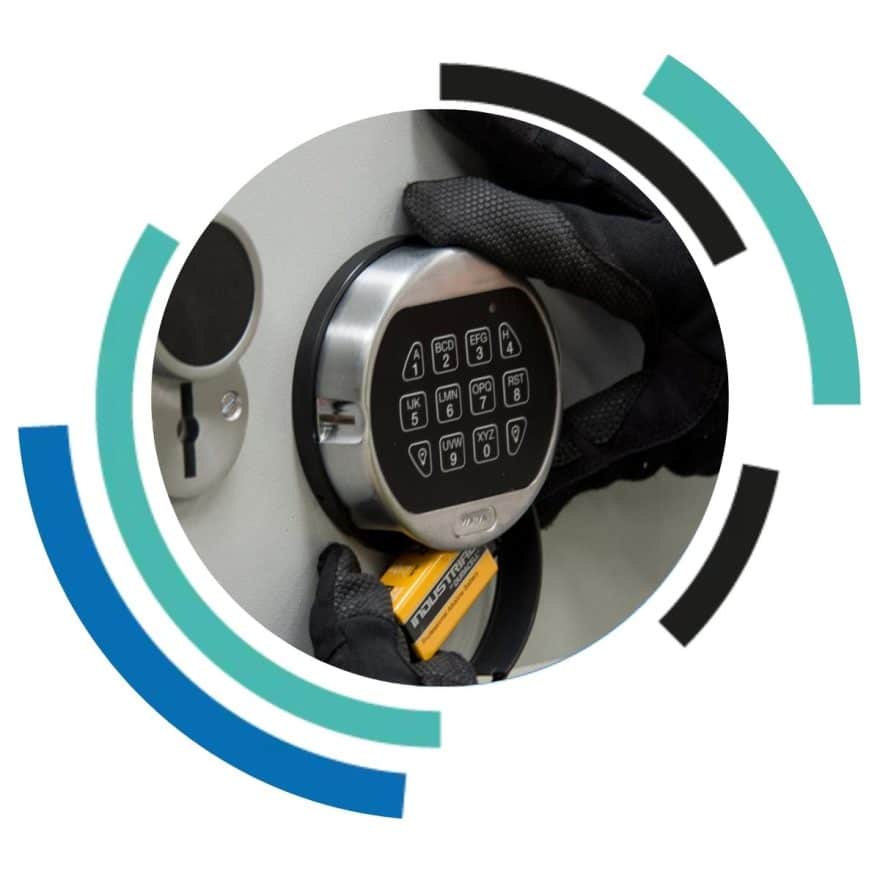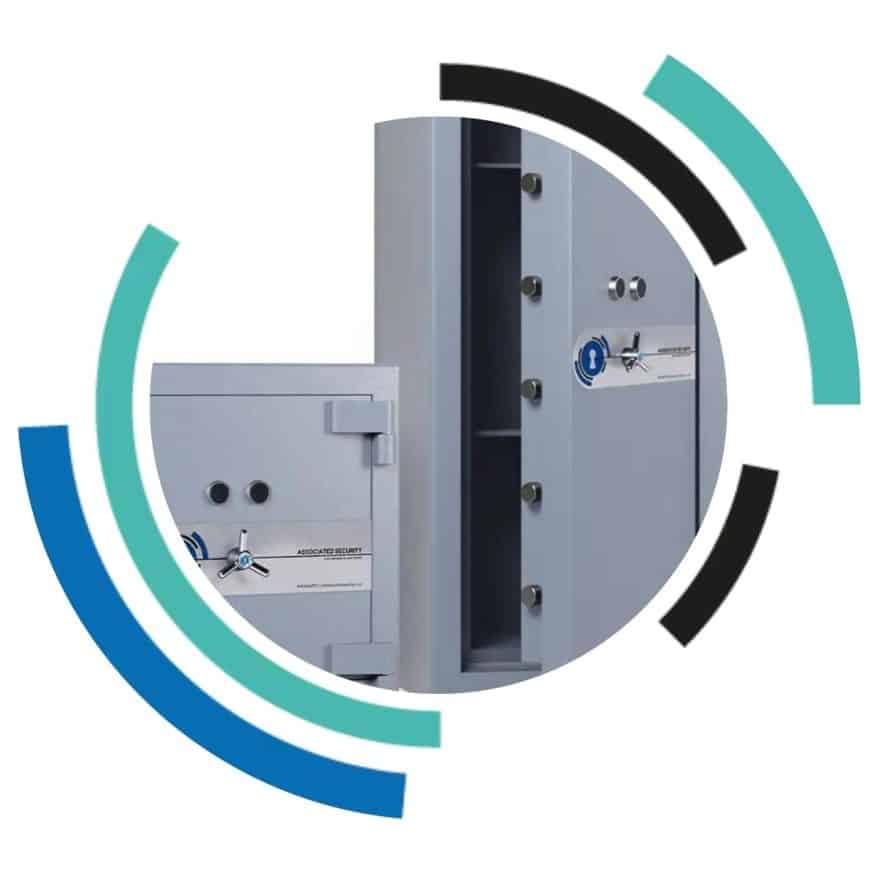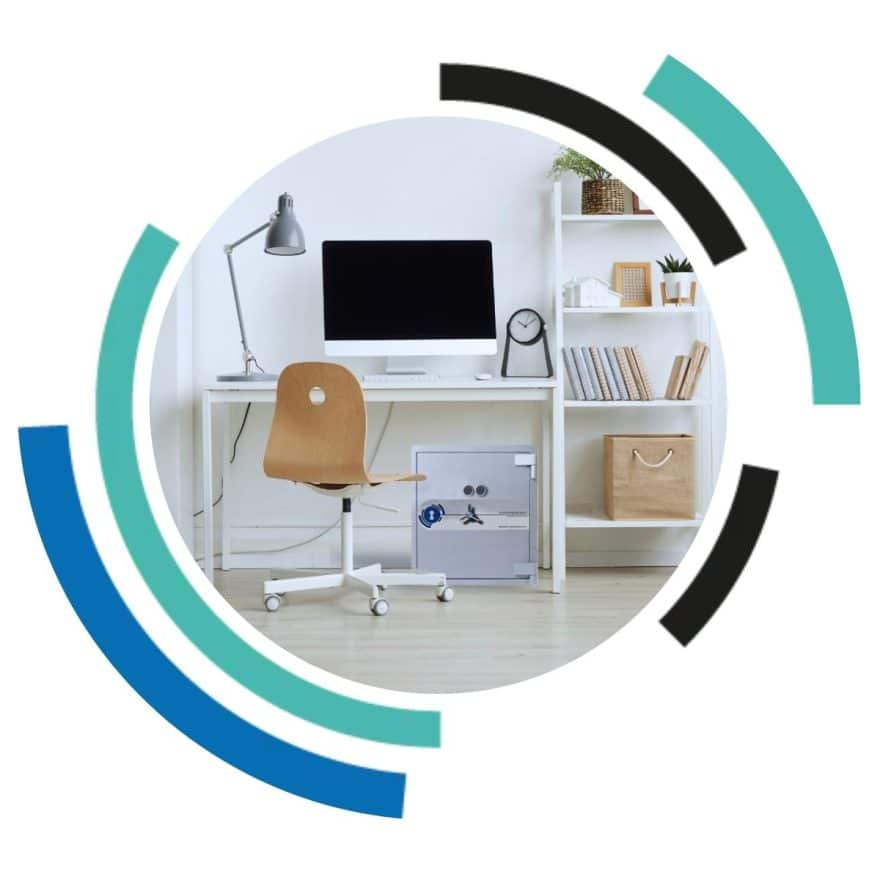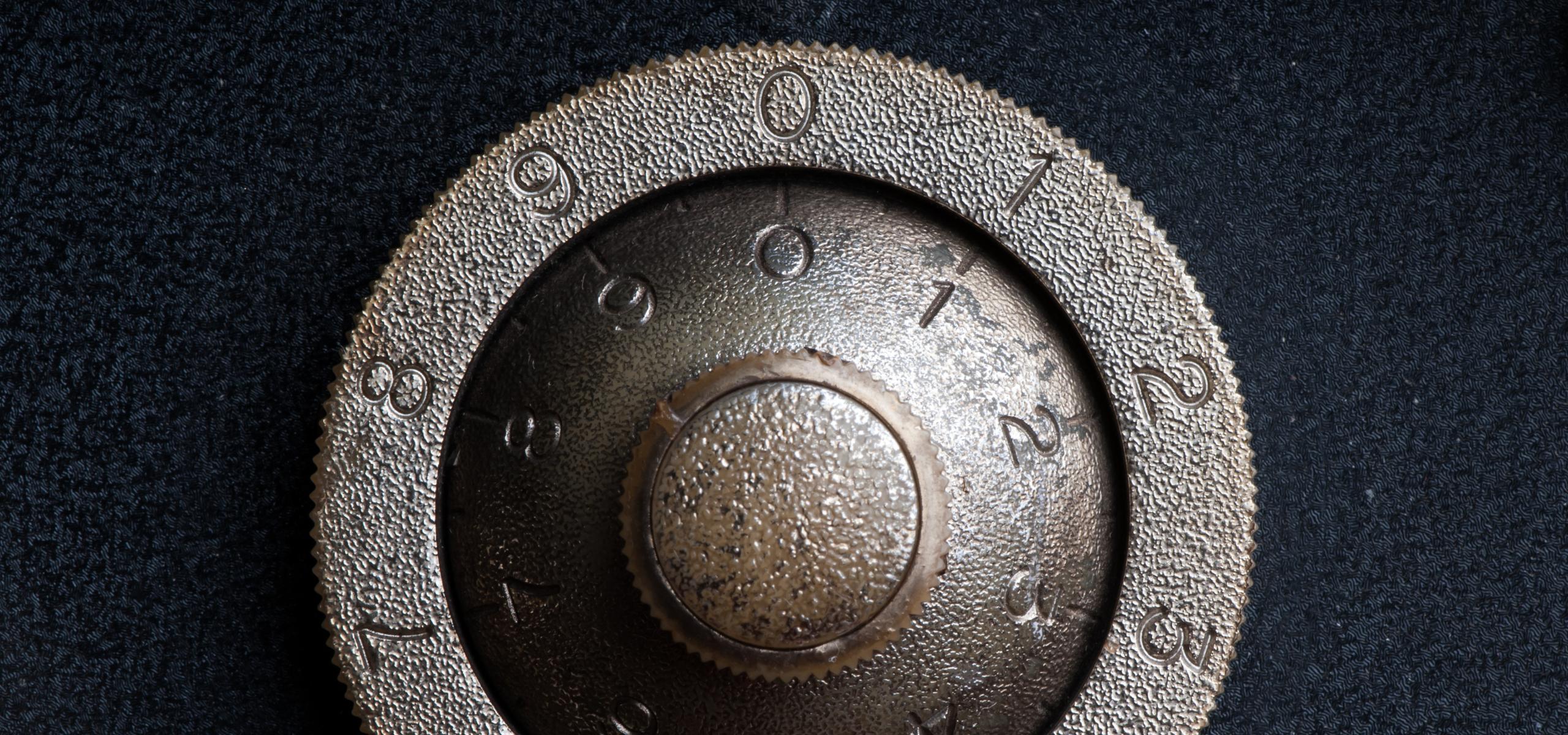Associated Security News
Benefits of Reconditioned Safes
7th November 2023
Unlocking the Benefits of Reconditioned Safes
When it comes to safeguarding your valuable possessions, your first instinct might be to invest in a brand-new safe. However, don’t dismiss older, reconditioned safes too quickly. While it’s common to associate second-hand safes with unreliability, wear, and tear, the truth is that opting for a reconditioned safe can offer you numerous advantages, provided you purchase it from a reputable seller. In this comprehensive exploration of reconditioned safes, we’ll delve into the benefits, the British standards governing them, and the meticulous process involved in bringing these safes back to life.
British Standards for Reconditioned Safes
The British Standards Institute (BSI) plays a pivotal role in ensuring the quality and reliability of reconditioned safes. Manufacturers who take on the task of reconditioning safes must adhere to the rigorous standards set by the BSI. Specifically, reconditioned safes must be refurbished to meet the criteria outlined in BS 7582:2005, which serves as the code of practise for the reconditioning of used safes. The primary objective of this code is to ensure that reconditioned safes offer the same level of protection as their brand-new counterparts.
The Reconditioning Process
To fully comprehend the merits of reconditioned safes, it’s essential to understand the meticulous process these security devices go through. The following sections outline the step-by-step journey of a safe’s reconditioning, shedding light on the efforts invested in restoring them to their former glory.
1. Initial Inspection and Disassembly
The reconditioning process commences by meticulously inspecting the used safe. This step involves stripping and sanding the safe body to reveal any defects, previous signs of tampering, or potential vulnerabilities. The aim is to identify any issues that may have arisen during the safe’s history, such as break-in attempts or damage.
2. Door Examination and Lock Servicing
After the initial inspection, we remove the safe door for a thorough evaluation. Similar to the body, it undergoes a stripping process to unveil any hidden flaws. This includes inspecting and servicing the locks, handles, internal locking mechanisms, and re-locking devices. The objective is to ensure that all components function as they should, thereby upholding the safe’s security.
3. Restoration and Repainting
Once the safe body and door are scrutinised and repaired, they are meticulously restored to meet their original specifications. This process includes refinishing and repainting, which not only restores their appearance but also reinforces their integrity. In cases where the safe handle is damaged beyond repair, a suitable replacement is installed, maintaining the safety and functionality of the safe.
4. Hinge and Door Alignment Check
Hinges and door alignment are crucial aspects of a safe’s functionality. During reconditioning, these elements are carefully inspected, and any worn or malfunctioning components are replaced with parts that are either original or of equal or superior quality. This ensures that the safe’s operation remains reliable and secure.
5. Bolt-Work, Re-Lockers, and Glass Plates Servicing
Bolt-work, re-lockers, and glass plates are essential components of a safe’s locking system. As part of the reconditioning process, these elements are cleaned, serviced, lubricated, reinstalled, and re-cabled to ensure they perform optimally. If the key lock’s levers require replacement, new keys are provided, or the entire lock is substituted with one of equal or higher quality.
6. Digital Combination Lock Considerations
In the age of digital security, many safes feature digital combination locks. During reconditioning, user codes and management codes on these locks are altered or removed as necessary. It’s important to note that the lock itself cannot be modified but can be replaced with an equivalent or superior model. If the safe lacks anchoring points, the reconditioning process may include drilling and sleeving to facilitate a secure installation. For safes weighing less than 1000kg, anchoring is mandatory to ensure stability and resistance to theft.
7. Badge and Documentation Verification
To maintain the authenticity of the safe, we examine the manufacturer’s badge, certificate plate, and serial number, ensuring that they remain in good condition and legible. This information is vital for tracking the safe’s history and authenticity. As a final touch, a detailed document is provided, listing all the work carried out during the reconditioning process.
8. British Standard Compliance
The reconditioning process culminates with the attachment of a label to the safe, confirming its compliance with British Standard BS 7582:2005. This certification assures customers of the meticulous restoration, ensuring that the safe can provide the same level of security as a new one.
The Benefits of Reconditioned Safes
Now that you’re well-versed in the rigorous process of reconditioning safes, let’s explore the notable advantages that reconditioned safes bring to the table.
1. Cost-Efficiency
One of the most significant benefits of opting for a reconditioned safe is the cost savings it offers. Reconditioned safes are typically more budget-friendly than their new counterparts, making them an excellent choice for those seeking high-quality security on a limited budget. This cost-efficiency doesn’t compromise the safe’s performance, as it still adheres to the same stringent standards set by the BSI.
2. Sustainability
Choosing a reconditioned safe is not only a financially responsible decision but also an environmentally conscious one. By giving a used safe a second life through reconditioning, you contribute to reducing the demand for new safes, which, in turn, decreases the environmental impact associated with their production.
3. Quality Assurance
Reconditioned safes offer a remarkable level of quality assurance. To meet British standards, experts carefully examine, repair, or replace every component to ensure the safe functions optimally and provides a high level of security. The attention to detail in the reconditioning process guarantees that you receive a reliable and durable product.
4. Proven Security
Reconditioned safes offer a proven track record of security. These safes have already proven their durability over time, and the reconditioning process guarantees that it addresses any vulnerabilities or wear and tear, ensuring they remain as secure as new safes. This track record of reliability is a testament to the quality of reconditioned safes.
5. Versatility
Reconditioned safes come in a wide range of sizes, styles, and configurations. This variety allows you to choose a safe that precisely fits your security needs and space requirements. Whether you need a compact home safe or a larger commercial safe, reconditioned options can provide a perfect fit.
6. Peace of Mind
The reconditioning process upholds the highest standards, providing you with the peace of mind that your valuable belongings receive thorough protection. The certification provided by British Standard BS 7582:2005 is an additional assurance of the safe’s reliability and security, further enhancing your confidence in your choice while being budget friendly.
Conclusion
In conclusion, reconditioned safes offer a cost-effective, environmentally responsible, and secure solution for safeguarding your valuables. Don’t overlook the benefits they provide when considering your security options. These safes are not only budget-friendly but also contribute to sustainability, and their meticulous reconditioning process ensures high-quality security, versatility, and peace of mind with British Standard certification.
Check out our extensive refurbished solutions, from reconditioned safes to cabinets and reconditioned vaults.
Get in touch
If you need expert advice, don’t hesitate to send us an enquiry with your concern below, and our expert safe advisors will be happy to help you make an informed decision.
Get in Touch
Make an enquiry
PLEASE NOTE: Emails are monitored during normal office hours only. If you require urgent attendance of a locksmith or safe engineer please call our help desk on 0161 832 2777.



